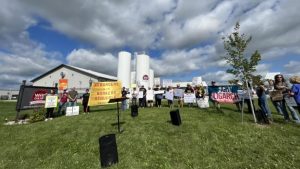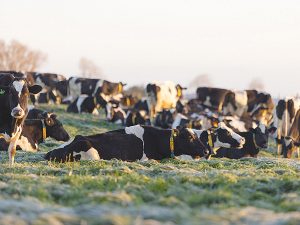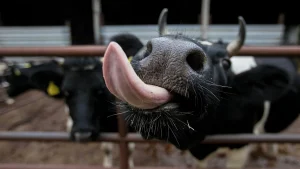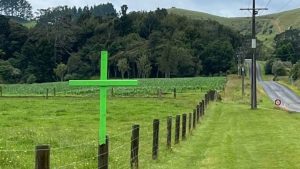
With the rocketing up of the OCR this past week (up +0.75% to 4.25%) everybody’s interest rates are going to increase; farming is not being excluded.
Given that farming has worn the brunt of inflationary pressures so far, the additional increases in interest rates are going to be very unwelcome.
Looking at the agricultural sector as a group they have managed to constrain borrowing reasonably well in the last 5 or more years. Reasons for this no doubt vary across the various ag sectors but in the past, it was driven largely by dairy land purchases, conversions and increasing herd sizes with associated infrastructure. In the last five years or so herd numbers have decreased by about 5%

Cow numbers have also shown a decrease over the same period (2021 had a small lift no doubt driven by the record pay-outs). So, with dairy not in an expansionary mode ag borrowing has settled to a flat trend, unlike housing which has been driven by increasing costs.

Sticking with dairy for the moment, back in May 2019 a Fed Farmers survey showed that farmers were paying on average 5.0% for loan monies. Looking at the interest.co.nz chart for “fixed 2 year term mortgage rates” they were 4.21% in March 2019 (Allowing for a lag due to survey compilation etc). The latest numbers are 6.094% (25th November). Prior to the latest Reserve Bank announcement, however, banks tend to preload in anticipation of increases although with predictions of more OCR rises to come this may prove conservative.
As the graph below shows, there has been a steady decrease in the amount of interest paid annually by dairy farmers. The last year found (2019/20) has $27,516 as the annual amount paid.

If some basic assumptions are made on the current rate and given rates were falling at the last Feds Farmers survey results then perhaps it is likely that the interest bill at next reviews will cost say 6.5% and will increase to around $35,770 or up by $7,800 annually. By itself most dairy farms could absorb this but coming on top of recent record-breaking inflation it is going to put a large dent in profits.
Fortunately over the sector, control on debt appears good and a major turnaround from the overheated days of 2016.

Using Beef and Lamb NZ data for inflation, (likely to be very similar to dairy) on-farm inflation for input prices used increased 10.2% in the year to March 2022, its highest level in almost 40 years. Of the 16 categories of inputs, prices increased for all but one (electricity). Expectations for 2022-23 are for a similar level on on-farm inflation. Fertiliser, lime and seeds expenditure, which is equivalent to 19.6% of total farm expenditure, increased 4.5% to an average $104,700 per farm. This follows a large 19.5% estimated increase in the previous season. For sheep and beef farms, farmers have reduced fertiliser volumes applied, per farm and per hectare, each season since 2018-19. The interest bill (Interest and Rent in B&LNZ data) is likely to increase from $66,950 by $20,000 if the same logic of lifting rates from 5% to 6.5% is used. As rent is included there is a ‘fudge factor’ here so suspect there is not going to be this jump but in an earlier article I did show sheep and beef have been borrowing at higher rates than their Dairy counterparts.

Whatever means are used, the combination of interest increases and inflationary pressures are going to reduce farm incomes significantly.
Beef and Lamb NZ are reasonably positive regarding beef prices next year with a +7% increase however, much of this is driven by the NZ$ vs US$ and some vulnerability here for rapid shifts. Sheep meats (less affected by the US$) are not so rosy with a -3.9% decline expected for lamb and -5.1% for mutton. Dairy are still looking at near record levels although a large degree of uncertainty here also.
Unfortunately for all businesses and sectors the additional costs in 2023 are pretty well assured whereas the income is not.
Another area of concern is the declining inputs of fertiliser. This has been also reported from the arable sector (both here and Australia) and while sheep and beef farms have always used fertiliser as a ‘discretionary expense tool’ given the good returns of late the declining use should be of concern. Soon, if not already there may be a reduction in productivity as these impacts start to be felt. A comment by Cameron Bagrie in the Farmers Weekly resonates “New Zealand’s economic base is being eroded. Export of goods volumes are below 2019 levels. NZ’s pastoral base is being eroded”. It’s not just with the tree conversions where this is starting to occur.
It is little wonder our current account deficit is turning sharply worse.
























